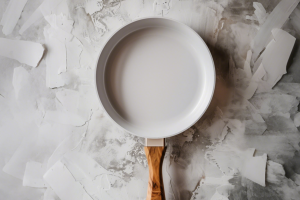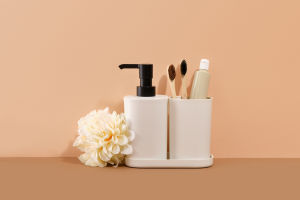Preserved blooms are a beautiful and enduring element of interior design, doubling as botanical pieces or crafting materials.
While stores offer ready-made dried bouquets, drying flowers at home is a simple task, allowing for customization and creativity in various projects.
Exploring Different Methods of Drying Flowers
Hanging Flowers for Drying
Dried flowers offer a timeless and attractive element to home decoration, serving not only as decor but also as botanical displays in crafting and soap making. Although pre-dried bouquets and pressed flowers are available in stores, drying your flowers at home is a simple process.
The Best Flowers for Drying
While all flowers can be dried, some dry more readily than others. Flowers with naturally lower moisture content dry faster and retain their structure better. Roses, pansies, physalis, and hydrangeas are among the flowers ideal for drying. Decorative seed heads, fruits, foliage, and twigs can also be dried for whimsical additions to bouquets.
Pressing Flowers in Books
Book pressing is a technique for creating flattened, dried flower specimens for various uses. Pansies and daisies are popular choices for pressing, but many other plant varieties can also be experimented with using this method.
Drying Flowers with Silica Gel
Utilizing a drying agent like silica gel accelerates the drying process. By absorbing moisture from flowers, silica gel facilitates faster drying while maintaining color vibrancy. This method is suitable for individual flower heads or petals.
Drying Flowers in the Oven or Microwave
Drying flowers in the oven or microwave is the quickest method but requires caution to prevent overshrinking or burning the flowers. An alternative to the oven is a dehydrator designed specifically for gentle plant drying. Keeping the microwave setting low and regularly checking the flowers is crucial to successful drying.
Water-Drying Flowers
For flowers with sturdy stems like hydrangeas, water-drying is effective in maintaining shape and color. Hydrangeas harvested in late summer or early autumn, as petals begin to change color, can be dried by placing them in a vase with water until it evaporates.
Longevity of Dried Flowers
With proper care, dried flowers can last up to a year. Shielding flowers from direct sunlight helps prevent fading, while occasional dusting preserves their quality.
In conclusion, drying flowers at home offers a creative and cost-effective way to enhance decor and indulge in botanical crafts. Experimenting with various drying methods can result in unique and personalized floral displays that bring a touch of nature's beauty indoors.
How to Dry Flowers 5 Ways | Ultimate Guide to Drying Flowers | How to Dry Flowers at Home
Video By First Day of Home


